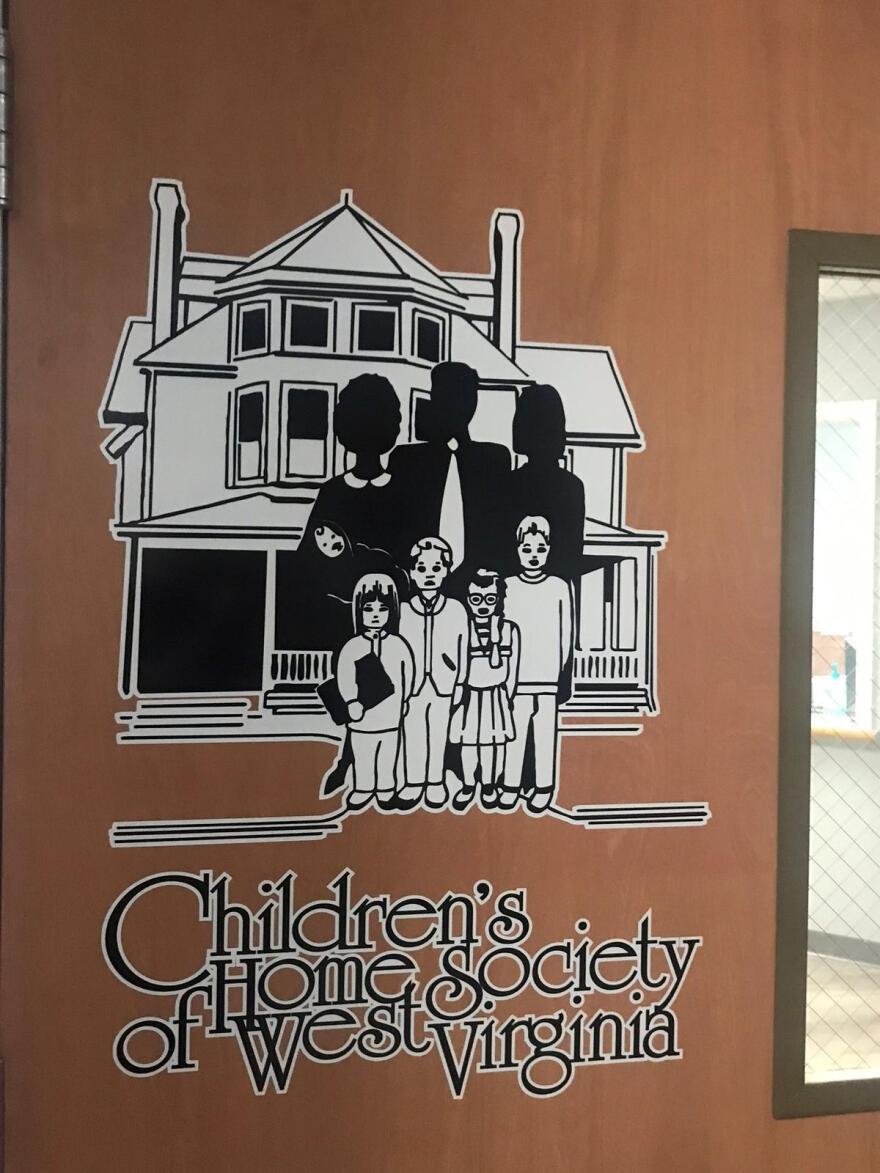For many children in West Virginia, school is a respite; it’s a place where they get two meals a day and where teachers and counselors keep watchful eyes over them. But schools have been closed for a month and will remain closed for at least another two weeks due to the coronavirus pandemic. The situation has child welfare workers concerned that children in vulnerable situations may be going unnoticed.
Teachers and school counselors are mandatory reporters of suspected child abuse or neglect. Referrals to the state’s Child Protective Services are down. According to the West Virginia Department of Health and Human Resources, referrals were at least 49 percent lower between March 13 and April 13 than during any month over the past year.
Even though the number of referrals has dropped, child advocates are worried that instances of abuse and neglect have not. Rather, with children at home, there are fewer eyes on them. Teachers, school counselors and social workers are getting creative with ways to reach children they used to see regularly.
Cindy Rubenstein is an elementary school counselor in Taylor County. During a normal school week, she would talk to kids going through all sorts of situations from academic struggles to parents getting divorced.
“Not seeing the kids face-to-face, not having access to them all the time, has been a challenge,” said Rubenstein.
Rubenstein has delivered meals to students’ doorsteps on behalf of the school system, and she’s been checking on students over the phone.
“There have been a few that I haven’t been able to get in touch with, which is worrisome,” she said.
After following-up with Child Protective Services, she learned all are OK.
Meanwhile, life goes on for the 7,233 children who are in the state’s foster care system. Agencies that oversee children once they enter the system are trying to help kids cope in new ways. Siblings sent to different placements have been connected through video chats.
“That just brought me to tears, when they were able to see each other over some type of video chat, they were just in tears,” said Michelle Vaughan, director of shelter services for the Children’s Home Society of West Virginia, describing a reunion of sorts between two siblings at different emergency shelters.
Visitations with biological parents are happening over video conferencing, too. Where the technology isn’t available, foster parents are sending photos through the mail.
At an emergency shelter operated by the Children’s Home Society of West Virginia, Delvin Johnson’s responsibilities have grown. He manages the shelter that has 10 beds for children ages 12 and older. All the beds are taken currently, as they usually are, a result of the state’s ongoing battle with the opioid epidemic.
Johnson’s days are spent helping kids do school work and trying to keep them active while not being allowed to leave the shelter’s grounds.
“These kids are resilient. They are brave. They’re helping staff. They know what’s going on in the world,” Johnson said.
While referrals to Child Protective Services are down and movement in the foster care system has slowed, there is increased interest in foster parenting. Agencies have moved trainings online and seen enrollment grow. And child welfare workers, who are considered essential workers during the pandemic, continue to help children and families.
Angie Hamilton Thomas is an executive director with Pressley Ridge, which offers youth education, treatment and foster care programs. She’s worried about the stress some already fragile families may be under.
“You know if you think about kids and families being more shut-in, more isolated in a lot of areas, some of the mental health issues and problems that children and families face can be escalated,” Thomas said.
Pressley Ridge is also using video chats and checking-in with clients more frequently than when visits were in-person. They’re looking for signs of distress that would prompt an in-person visit, even during a stay-at-home order and social distancing.
“We would practice the safety precautions, we will practice the CDC guidelines,” Thomas said. “But we would still have an obligation to be responsive to those families.”
04/20/20 9:20 a.m.: This story was modified to better reflect current information on adoptions.























